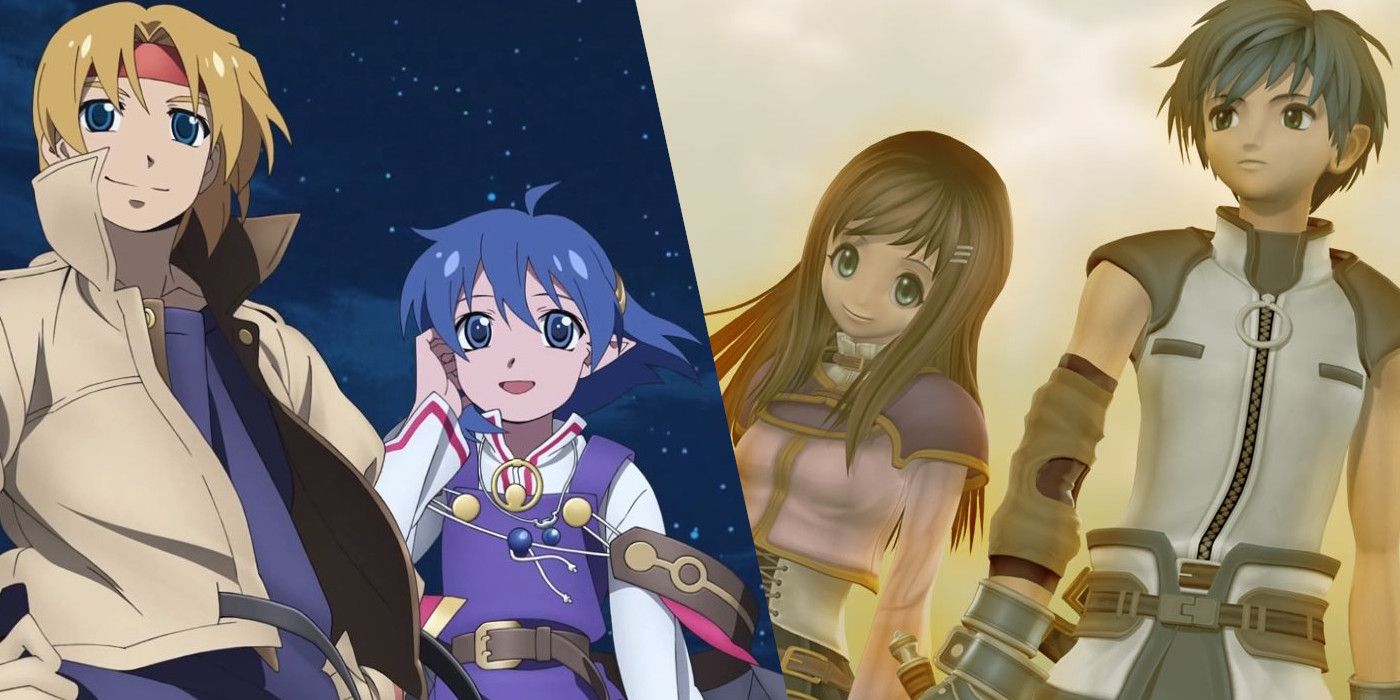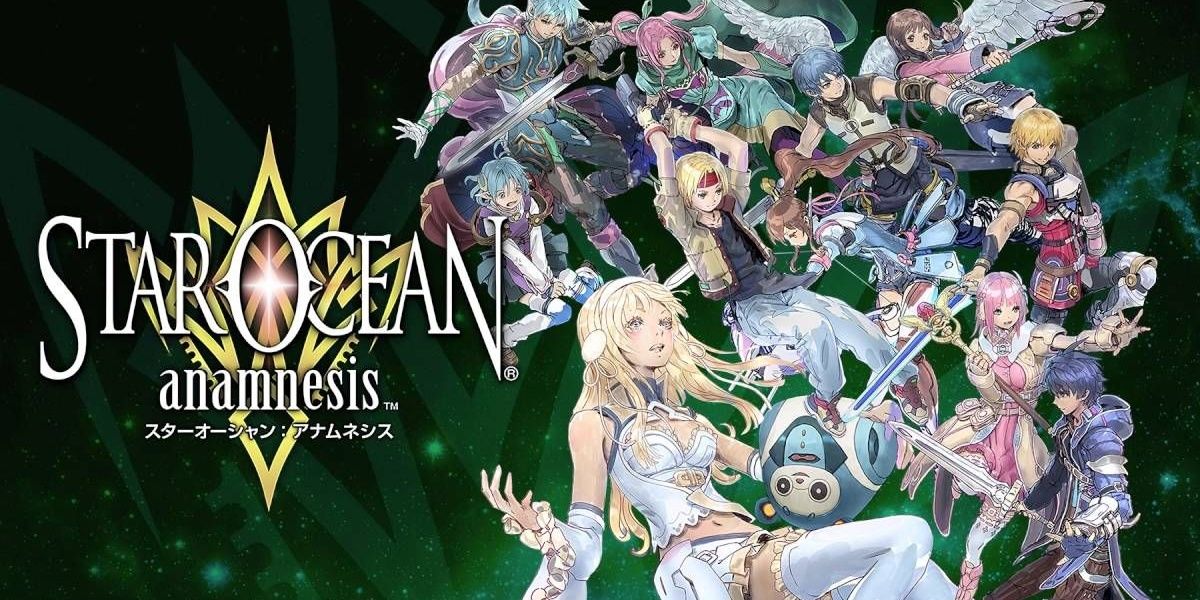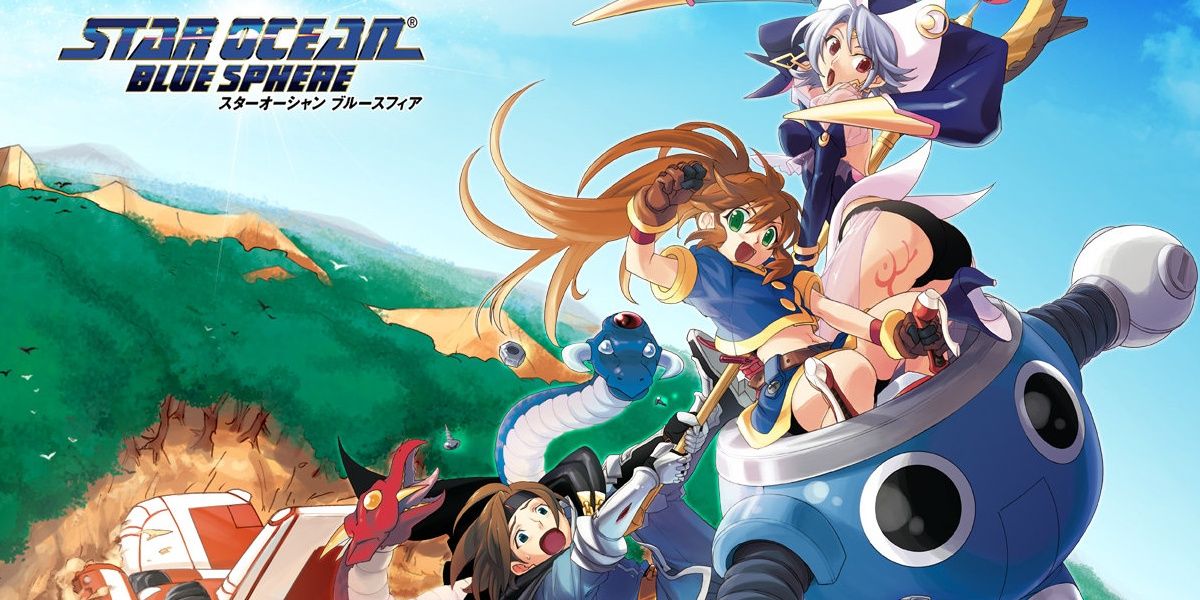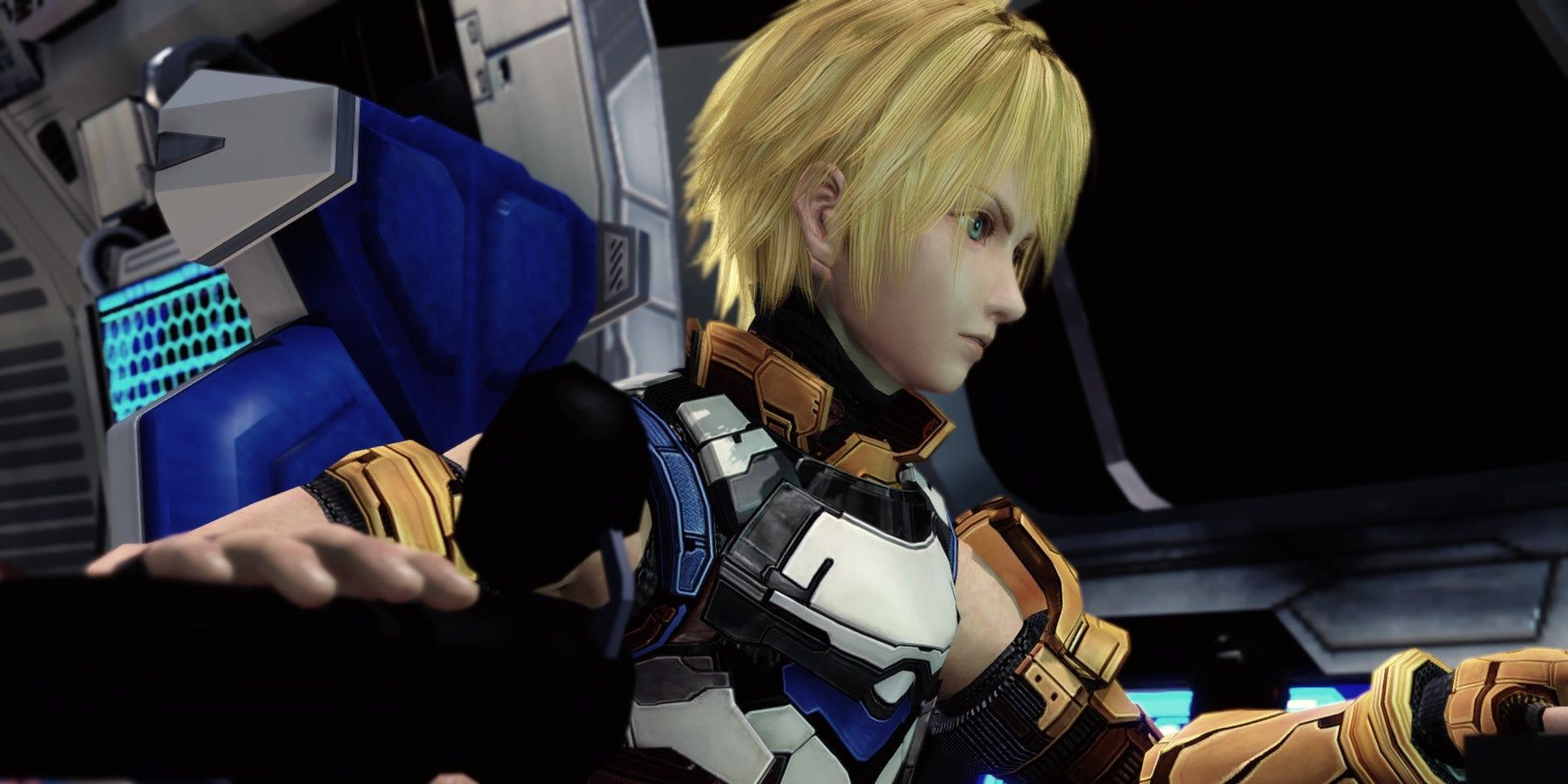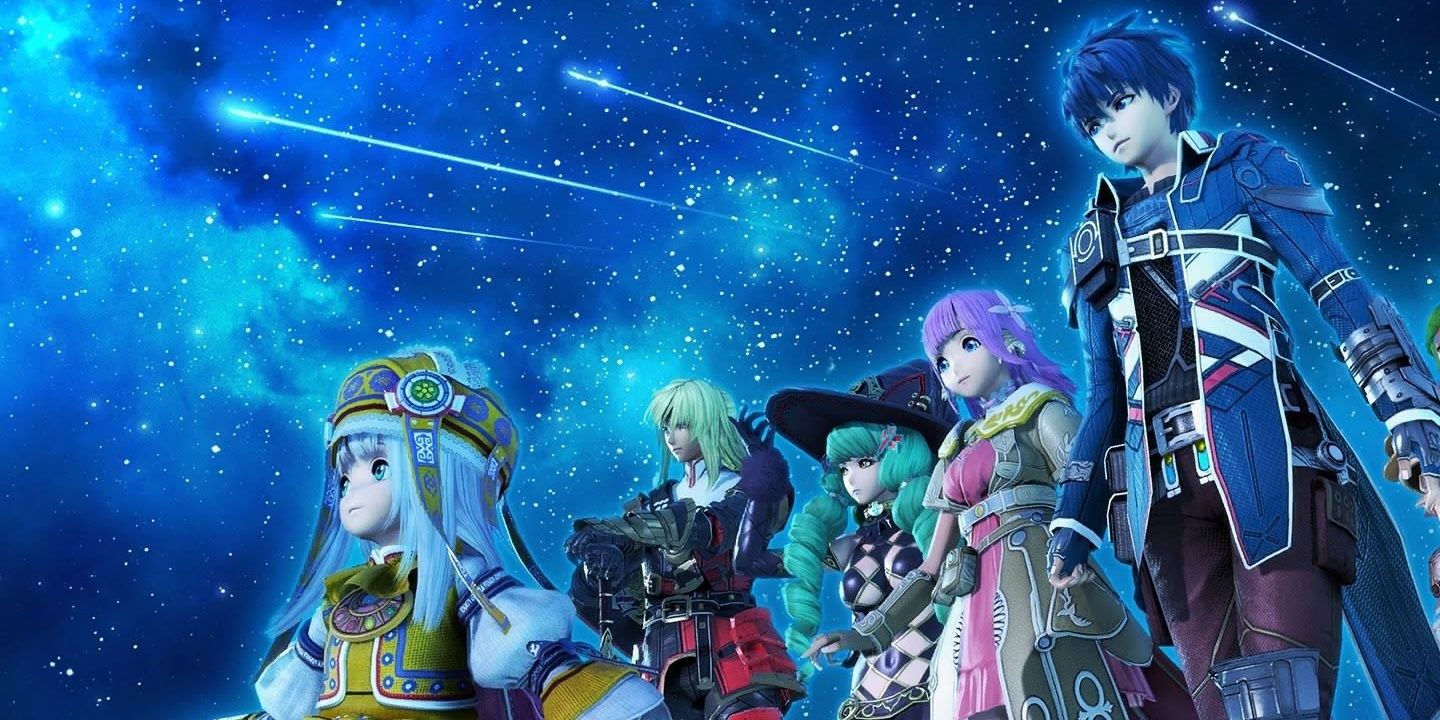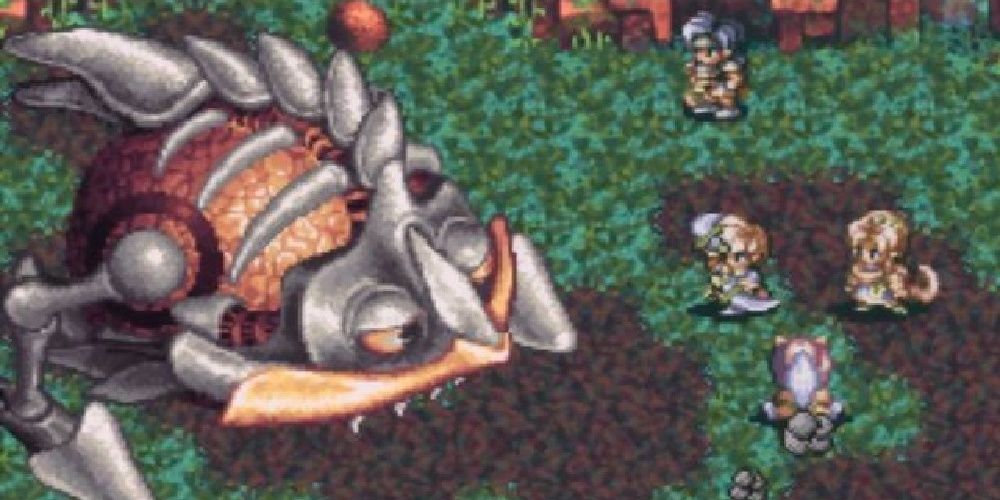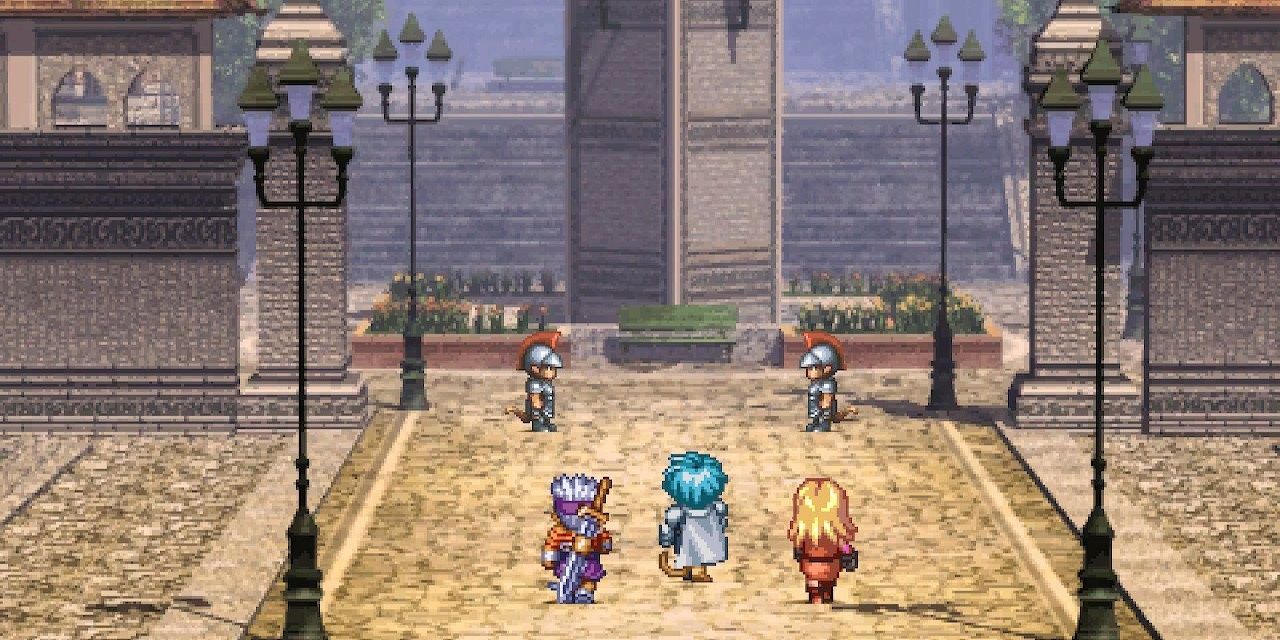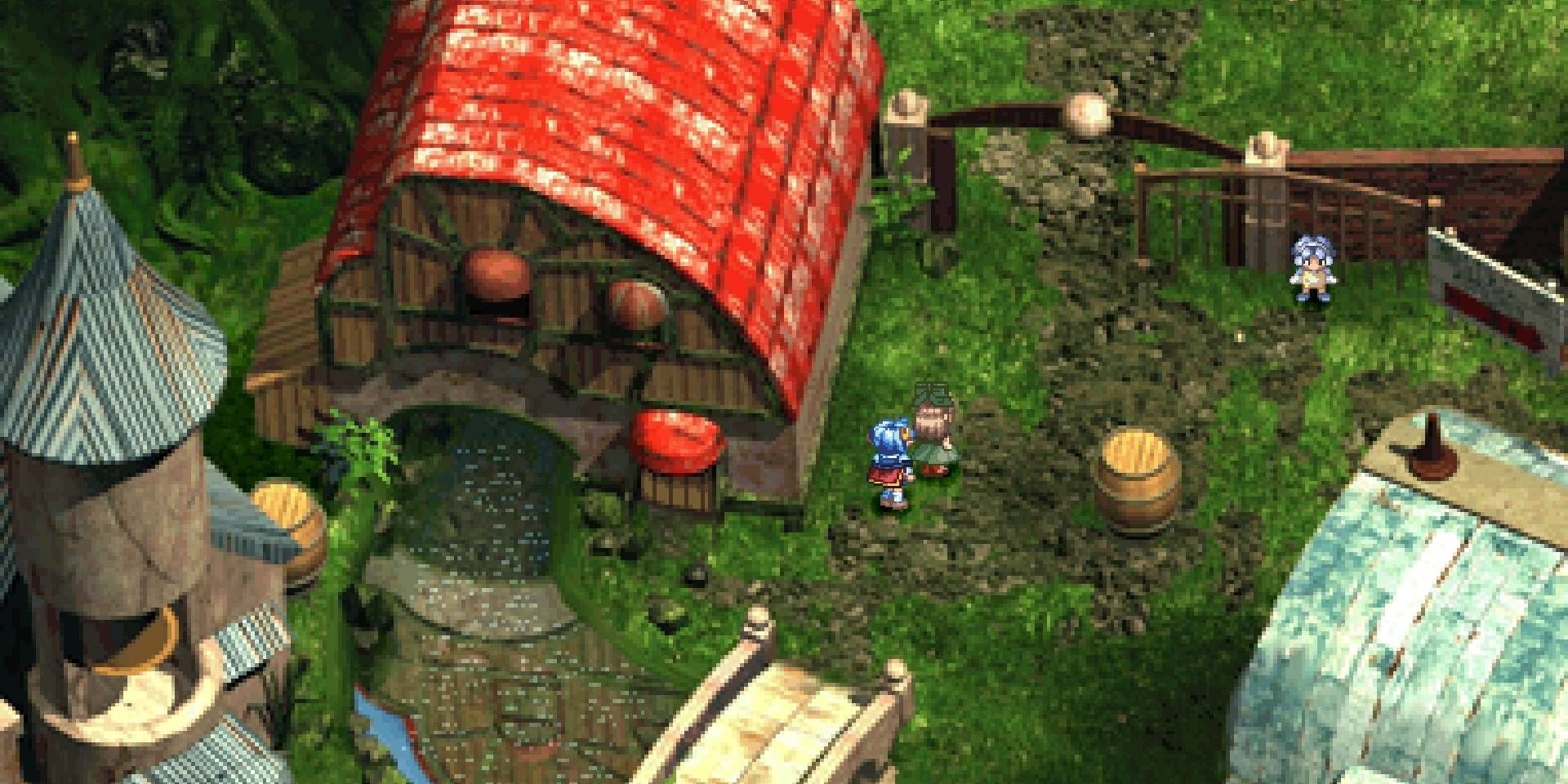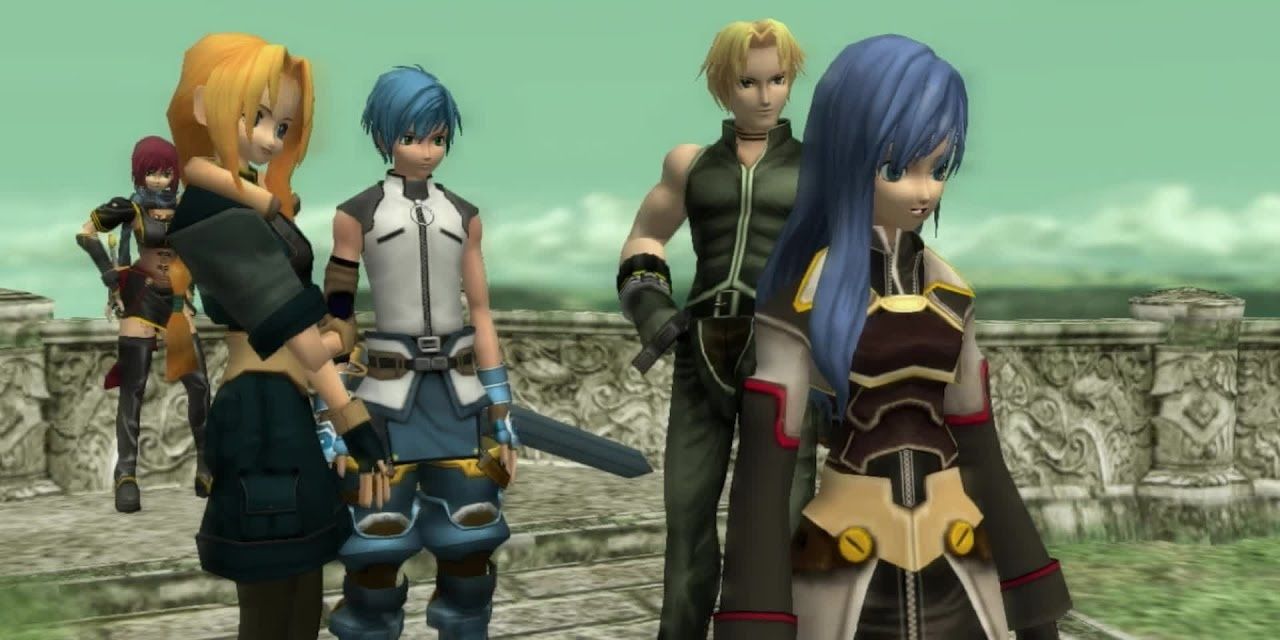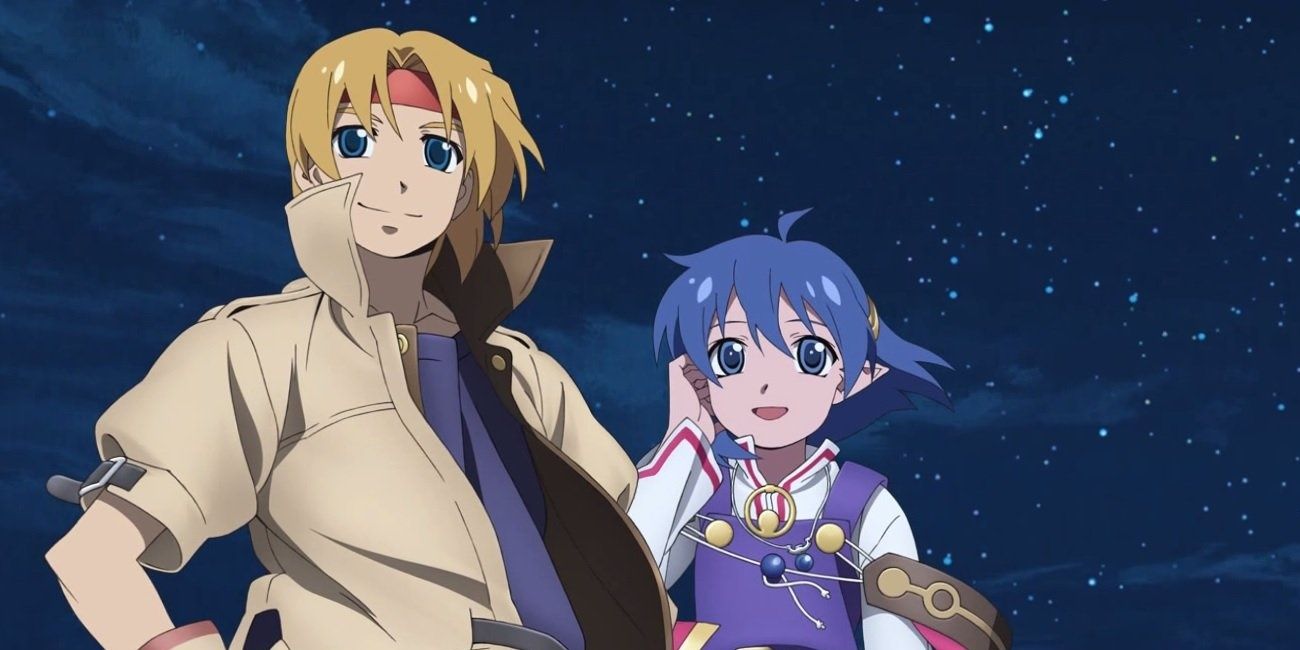While Star Ocean may not enjoy the popularity of contemporaries like Final Fantasy or Tales, for fans of the series it has always stood out for its innovative gameplay, ambitious storytelling choices, and deep relationship systems. With the recent reveal of Star Ocean: The Divine Force by tri-Ace and Square Enix, it is worth looking back on the games that built the franchise.
Since its first introduction in 1996, the Star Ocean series has always sought to tell very character-driven stories; fans of the series will often point to the Affection Rating and Private Action systems as a huge draw of the games, allowing your characters to interact with each other in very dynamic ways. The real-time combat is also a highlight, allowing for fast and engaging gameplay that stands out from its turn-based competitors. While not every game in the series succeeds in its execution of these elements, the series as a whole can be considered among the most innovative JRPG franchises.
9 Star Ocean: Anamnesis (2016) Was An Attempt To Capitalize On The Mobile Game Market
Star Ocean: Anamnesis was released to celebrate the twentieth anniversary of the franchise, and was an attempt to capitalize on the ever-expanding mobile game market. However, due to a lack of interest, service for the game ended and is now only available in an offline version.
The game does attempt to follow some of the same story beats we're familiar with from the series, taking place two years after Integrity and Faithlessness. Many of the characters from previous games return in this one, however, all but the most hardcore fans will find this game failing to hold up against others in the franchise. On the other hand, it does have an amazing soundtrack composed by the brilliant Motoi Sakuraba.
8 Star Ocean: Blue Sphere (2001) Was Not Released In The West
Star Ocean: Blue Sphere is the only game in the series not released in the west in some form (though translations are available), originally designed for the Gameboy Color. Due to this, it does not enjoy the same level of popularity as the other games in the series; though it did benefit from another Sakuraba composed soundtrack.
The story of Blue Sphere is meant as an accompaniment to Star Ocean: Second Story, involving many of the same characters of that game. By no means bad, its inaccessibility has doomed it to be the forgotten child of the Star Ocean series, at least to western audiences.
7 Star Ocean: The Last Hope (2009) Feels Uninspired And Trope Heavy
Undoubtedly the most contentious game in the series, Star Ocean: The Last Hope is a game that is either loved or hated by fans of the franchise. While the combat and gameplay are some of the best among Star Ocean games, the story and characters are where the true rift lies between those who rate this game highly and those who do not.
The story itself is a prequel to the events of Star Ocean, making it the first game in the timeline. Following protagonists Edge and Reimi, the player is introduced to what is perhaps one of the most trope-laden casts of characters in any JRPG. Along with an incredibly cliched origin story for the game's final boss, this entry in the series can be enjoyed only if one is willing to overlook the uninspired storytelling.
6 Star Ocean: Integrity And Faithlessness (2016) Fails To Capture Earlier Charm
In what is almost certainly meant to be an homage to the story of the original Star Ocean, Integrity and Faithlessness fails to capture the charm of the first entries within the franchise. It incorporates most of the important elements of the series but lacks the memorability of its predecessors.
The game did try to do some new things with the series, such as removing the battle maps and having all combat take place on the overworld, and having a much larger party fighting together. The story itself was competent but forgettable, lending to a game that is enjoyable to play but won't linger in the minds of players long after completion.
5 Star Ocean (1996) Introduced Important Elements To The Franchise
Developed by tri-Ace by a group that had been previously working on Tales of Phantasia, Star Ocean is the game that introduced players to the majority of the elements that would become staples of the series. Though this version was never released outside of Japan, it has received a PlayStation Portable port (and later a remastered version for Nintendo Switch and PlayStation 4).
Unlike many of its contemporaries, Star Ocean is a game that sought to marry an interesting mix of both science-fiction and fantasy that has separated it from many other classic RPGs. While the mechanics of the game are not unique by any means, the real-time combat was both fluid and entertaining for its time, and the Private Action system that was introduced in this game would become one of the most important aspects of the entire franchise.
4 Star Ocean: First Departure (2007) Has Great Voice Acting
Star Ocean: First Departure was the first official introduction of the original game to western audiences. Far from being a simple one-for-one port of Star Ocean, First Departure features additional playable characters, new artwork and cutscenes, and an altered version of the engine used in Star Ocean: Second Story.
New actors were brought in to voice an extensive script, which is competently performed in both English and Japanese. It was more recently remastered for Nintendo Switch and PlayStation 4 under the title Star Ocean: First Departure R.
3 Star Ocean: Second Evolution (2008) Might Be The Most Playable Game In The Franchise
Released for the PlayStation Portable as an enhanced port for the second entry in the series, Star Ocean: Second Evolution captures most of what made the original among the most beloved games of the franchise. While it follows the same story as Star Ocean: The Second Story, some changes have been made in the translation in this version, leading to some highly suspect voice-acting.
However, most of the other numerous changes are welcome improvements, making this version a strong contender for the most playable game in the franchise.
2 Star Ocean: Till The End Of Time (2003) Has A Important Yet Controversial Twist
With what can be considered some of the most enjoyable gameplay of all the games, Star Ocean: Till The End Of Time is a solid entry into the franchise. With fluid combat and well-designed dungeons, Till The End Of Time manages to keep the game mechanically engaging throughout.
Much like its contemporary franchise Tales, the characters and story of any Star Ocean game are what keeps drawing fans back in. While the protagonists of Till The End Of Time may not be among the most memorable JRPG characters, there are many little moments within the game that show a great level of care by the writers. One cannot talk about this particular entry of the franchise without mentioning the very important twist partway through the game which was ambitious, if not controversial.
1 Star Ocean: Second Story (1998) Is Memorable And Replayable
Star Ocean: Second Story took everything unique that the original introduced and expanded upon it, creating a game that is both memorable and incredibly replayable. With an improved engine and greatly expanded Private Action system, Second Story stands out as the game that set the franchise apart from the rest.
The game gives us the choice of our starting protagonist, Claude or Rena, and throughout the game we are introduced to a wide cast of characters with dozens of unique interactions between them all. Depending on how these interactions go, the player can experience over 86 different endings, with stories playing out between each of the characters as a result of the choices the player makes. The story itself is engaging and varies slightly depending on which protagonist you choose, and the soundtrack by Motoi Sakuraba is incredibly thematic.

